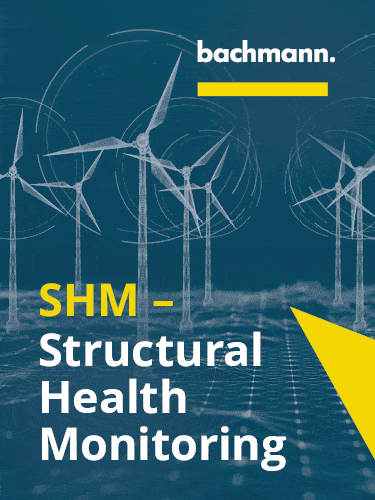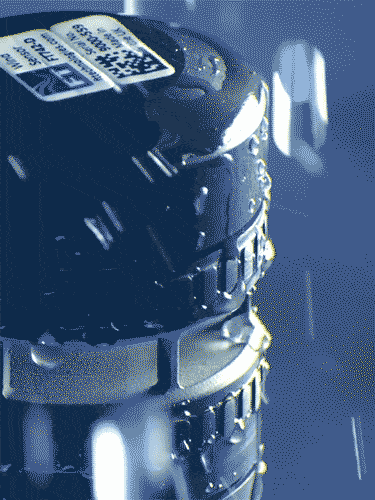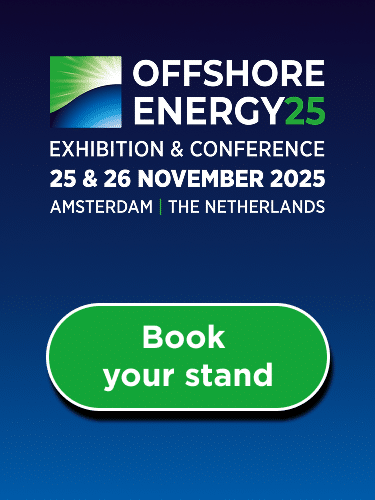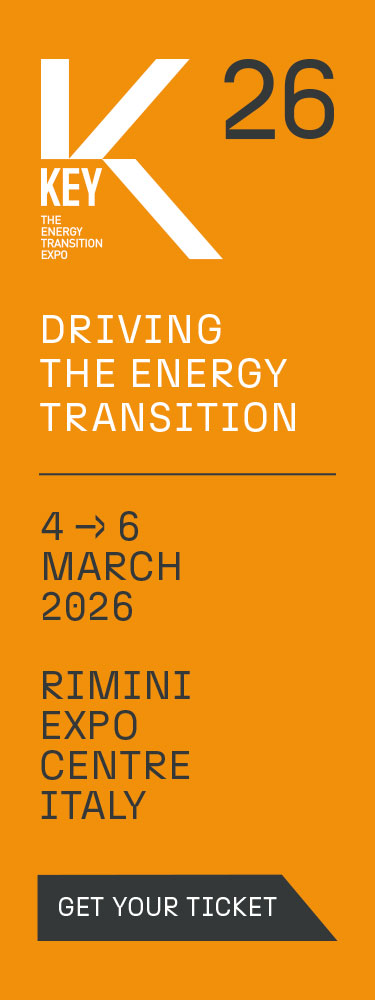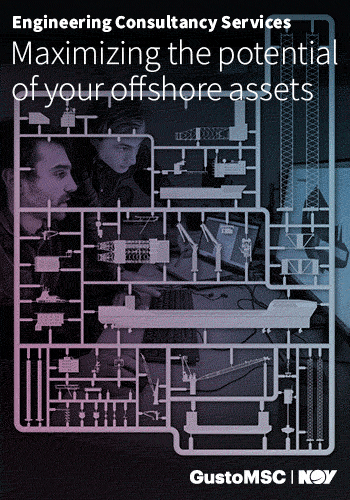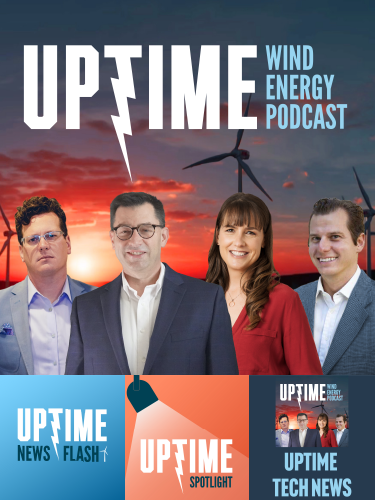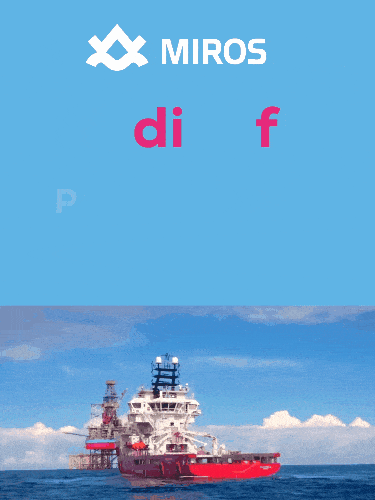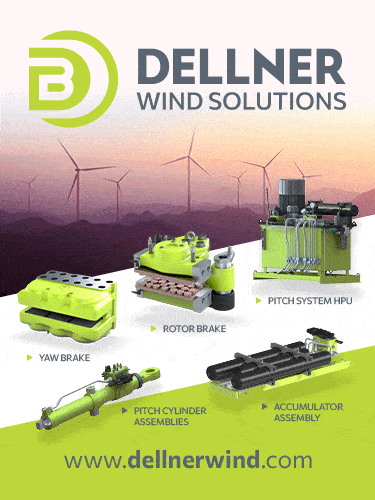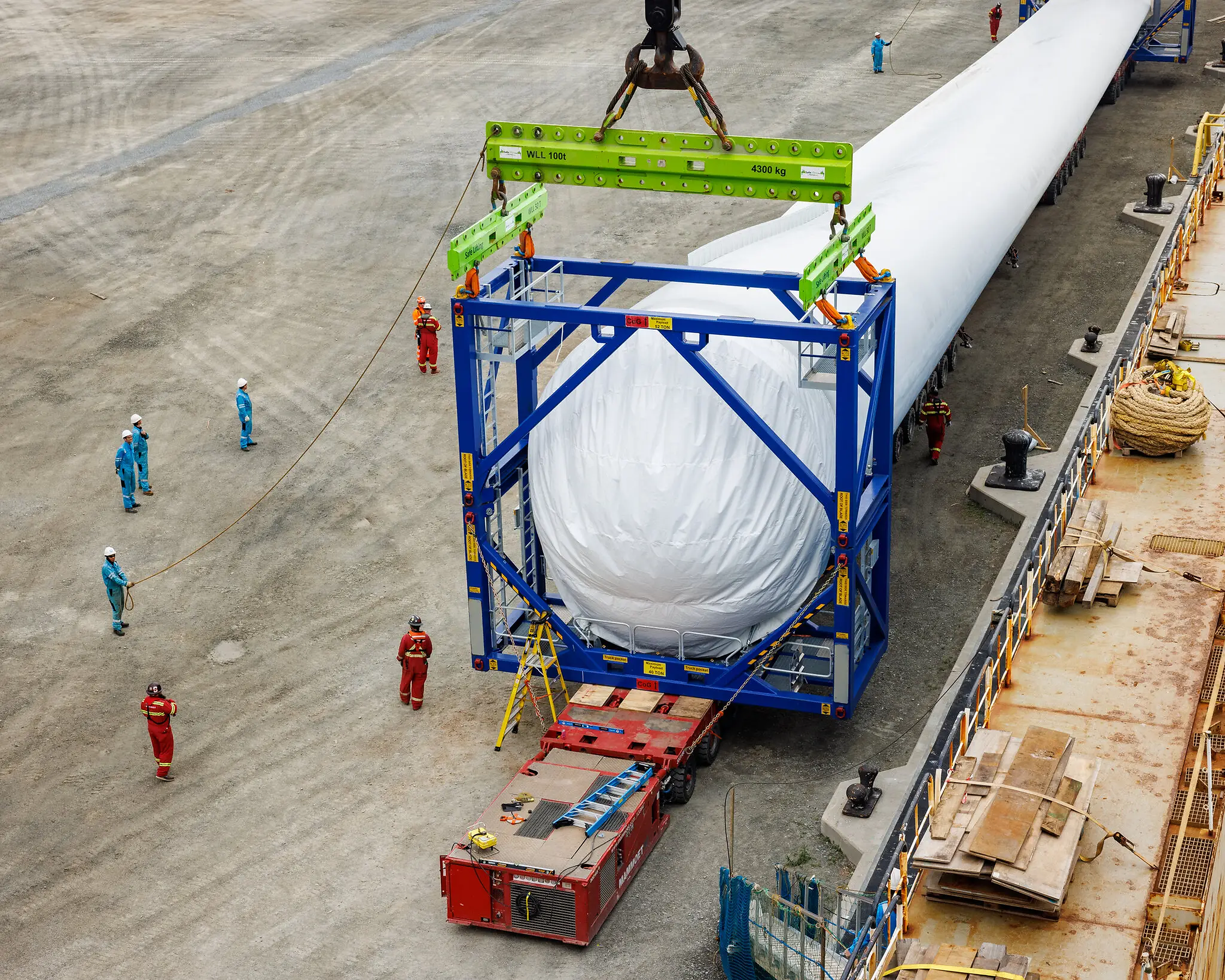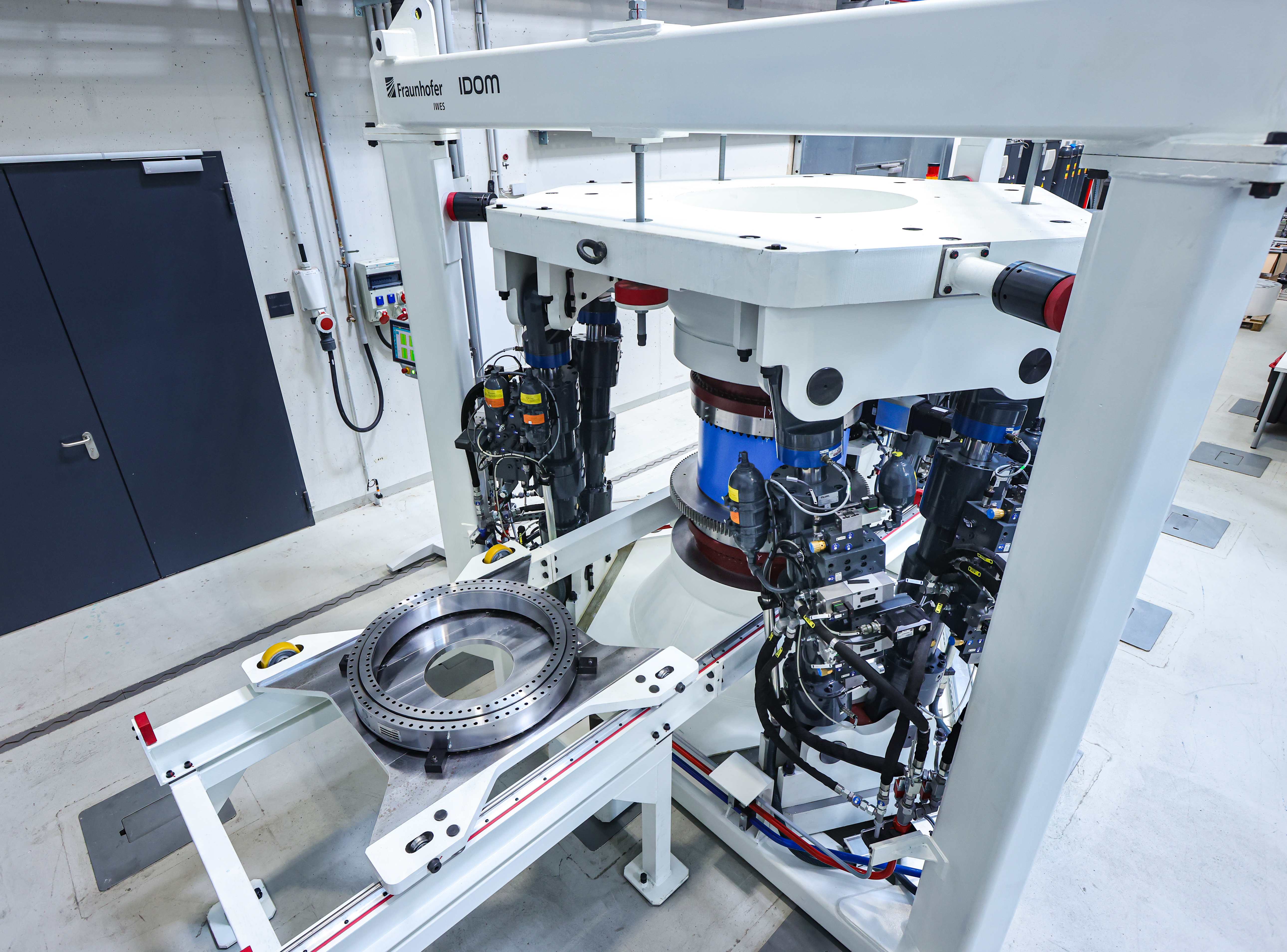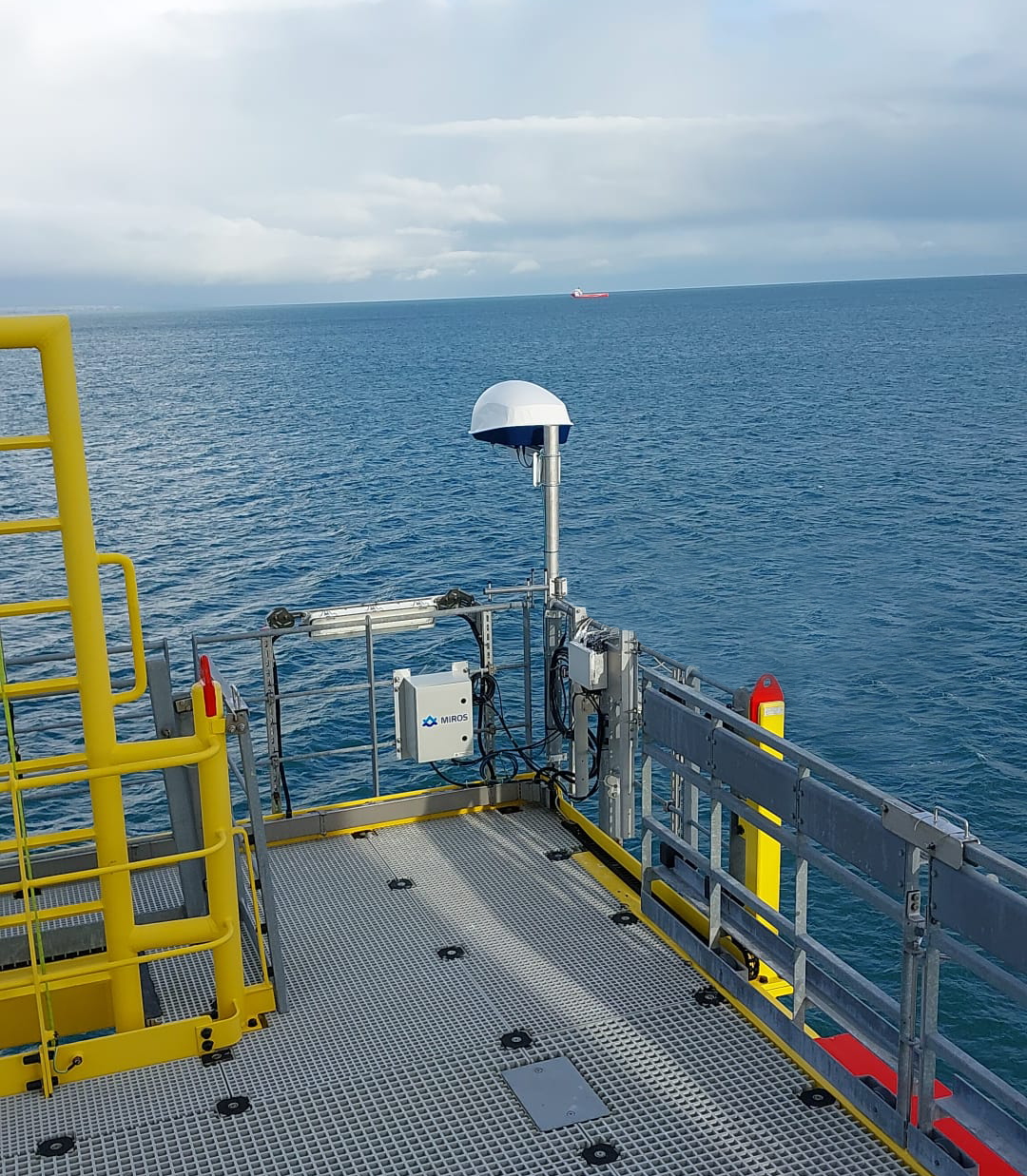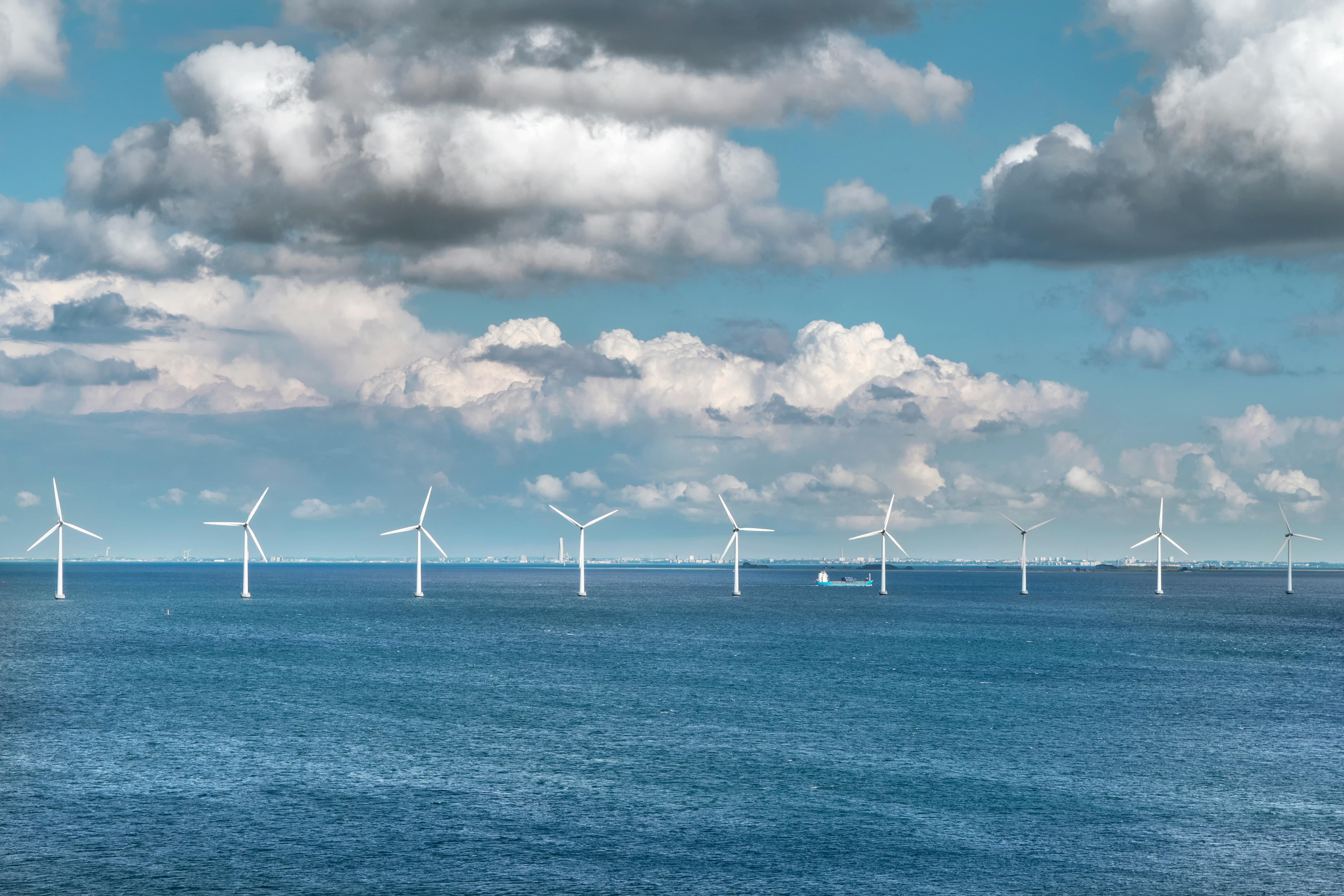Exclusive Articles
Beyond the gangway: collaboration, innovation and integration in offshore logistics
Published in: Wind, Talking Point, Exclusive Articles
.png)
From routine transfers on motion-compensated gangways to drones reshaping offshore logistics, Walk to Work (W2W) systems have become central to the growth of offshore wind. Once a technical add-on, they are now strategic assets that demand close collaboration with clients, continuous innovation in design and energy use and deeper integration into project-wide logistics. As offshore operations expand in scale and complexity, W2W is evolving from ‘safe passage’ to a driver of efficiency, sustainability and alignment across the entire supply chain.
Every day, an engineer, technician or offshore crew member steps from a motion-compensated gangway onto a transfer deck of a wind turbine, a routine that would have been impossible only two decades ago. These W2W systems have quietly transformed offshore operations, keeping personnel and cargo transfers safe and reliable in the world’s most challenging seas.
The offshore wind sector has evolved from a few near-shore turbines to sprawling farms reaching tens of kilometres into the sea. As reliance on W2W solutions has grown, offshore access must adapt to meet rising expectations for safety, efficiency and sustainability.
To explore how these changes are impacting offshore access, we spoke to three members of Ampelmann’s management team, the Director of Innovation, Global Operations and Structural Change, each offering a unique perspective on the challenges and opportunities in the offshore wind sector. Their insights reveal how collaboration, integration, and innovation are shaping the future of W2W.
.gif)
